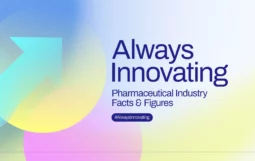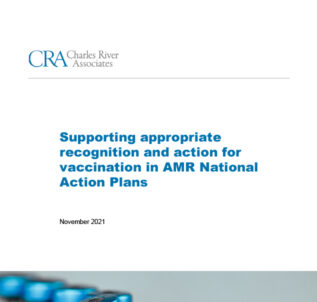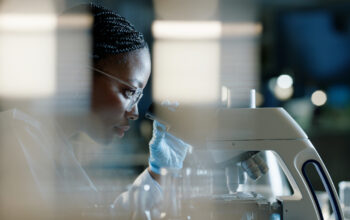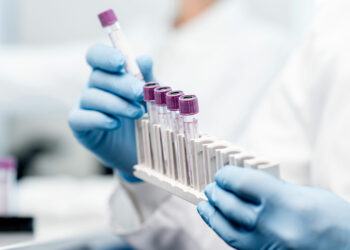Antimicrobial resistance
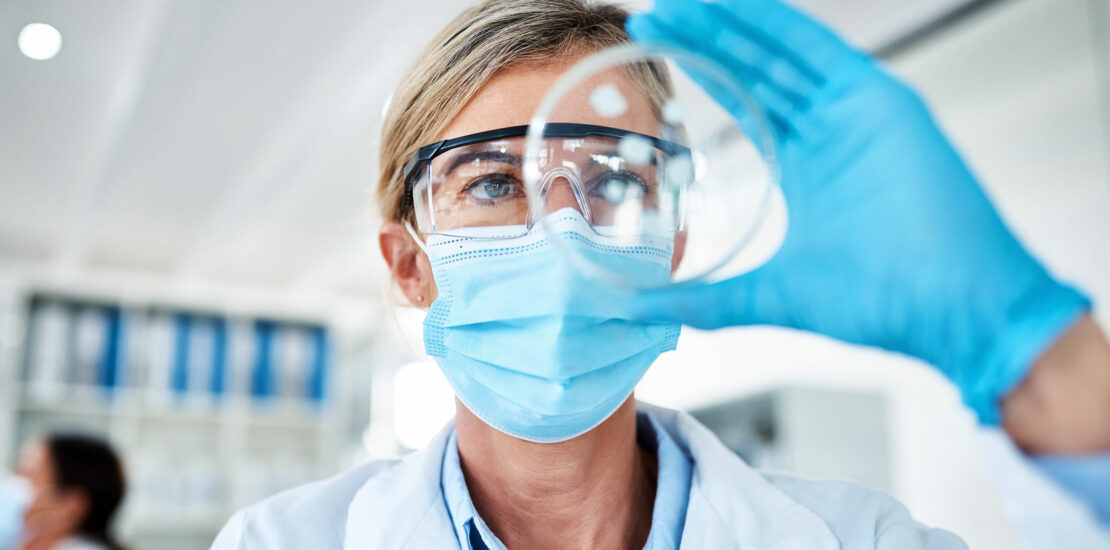

IFPMA helps lead the innovative pharmaceutical industry’s work on antimicrobial resistance (AMR). We raise awareness of the unique challenges in combating AMR and of measures that could establish economic conditions favorable to long-term investment into antibiotic R&D.
Overview
AMR arises when microorganisms such as bacteria change in ways that make the medications – antibiotics – used to cure the infections they cause ineffective.
The innovative pharmaceutical industry continues to invest and innovate against the threat of AMR. Industry is also an important partner and solutions provider helping define and implement policies to prevent a scenario where we no longer have effective antibiotics to ward off infections. This can only be achieved by all stakeholders working together.
IFPMA is represented on multistakeholder international platforms focused on AMR. It has championed the creation of visionary initiatives such as the AMR Industry Alliance and the AMR Action Fund to galvanize action against a serious global health threat.
The threat posed by AMR
Antibiotics are the foundation of modern medicine. From simple surgeries and dental procedures to cancer treatment, antibiotics support health systems’ ability to deliver safe care to patients.
AMR is one of the most pressing threats to global health, jeopardizing many of the advances in medical treatment that depend on the availability of effective and safe antibiotics.
The World Bank estimates that drug-resistant infections have the potential to cause a level of economic damage similar to that caused by the 2008 financial crisis.
But, despite being almost 10 years on from the WHO Global Action Plan (GAP) on AMR, there is still a long way to go to meet its proposed objectives.
Challenges in developing new antibiotics
AMR is associated with close to 5 million deaths globally per year and directly responsible for nearly 1.3 million deaths, at a time when, because of lack of a functional market, the antibiotics pipeline is close to dry.
We need to accelerate the creation of a dynamic and sustainable innovation ecosystem to enable R&D for new antibiotics.
Research into new antibiotics is a long-haul journey. According to the WHO, it takes 10–15 years to progress an antibiotic candidate from the preclinical to the clinical stages.

For antibiotics in existing classes, on average, only one of every 15 drugs in preclinical development will reach patients. With new classes of antibiotics, only one in 30 candidates will reach patients. Many that have successfully made it to market in the last decade continue to face difficulties.
New antibiotics need to be used appropriately to preserve their effectiveness and slow the development of resistance. While new antibiotics would be used only rarely, they’re still needed when nothing else works. This makes constant innovation a necessity.
But, to enable this, policy reforms are needed to correct the broken market and unlock sustainable investment into antibiotic R&D.
deaths are associated with AMR annually
is the estimated collective economic damage resulting from AMR
antibiotic candidate in Phase III clinical trials across the four bacterial pathogens defined as a critical priority by WHO
What is needed
The innovative pharmaceutical industry has long played its part in fighting the threat of AMR, but more needs to be done.
Critically, the clinical antibiotic pipeline needs to be replenished and more antibiotics brought to market.
Good stewardship is essential to maintain the effectiveness of new and existing antibiotics. It’s vital that patients have access to the right antibiotic at the right time so that last-line reserve antibiotics are only used in the appropriate circumstances.
As part of coordinated efforts on infection prevention, control, and stewardship, preventative measures such as vaccines must be fully leveraged.
But the innovative pharmaceutical industry cannot work alone in making sure the threat of AMR is kept at bay. Urgent policy reforms are needed to revitalize antibiotic R&D.
Currently, society and healthcare systems place a low value on antibiotics despite the public health risks of AMR, sending a clear signal that investing in them is not a priority.
The world’s leading economies must implement new market incentives that reward successful antibiotic development beyond the volume of sales.
Globally, the incentive must be sufficiently sized to attract robust and sustainable investment in R&D by delivering an appropriate return on investment that can in turn support further R&D. Countries also need to rethink how they value and reimburse for antibiotics so they’re available on the market and can be prescribed to patients when needed.
In this way, we have the potential to create a healthy, sustainable innovation ecosystem that supports R&D for new antibiotics and other antimicrobials for prioritized pathogens and keeps up with growing resistance to existing antibiotics.

The role of vaccines
IFPMA supports using vaccines to help mitigate the threat of AMR. Vaccines that prevent bacterial and viral infections alike can reduce antibiotic use and help reduce the spread of AMR.
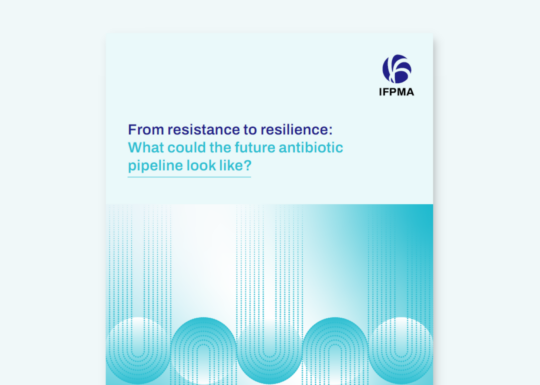
What could the future antibiotic pipeline look like over the next 10 years?
In an analysis conducted with predictive health intelligence and data analytics experts from Airfinity, IFPMA reviewed the antibiotic pipeline data against bacterial pathogens identified by the WHO and other public health agencies as of the greatest concern. New modelling was then built to help better understand how this pipeline might evolve over the next decade, with and without the introduction of new effective pull incentives.
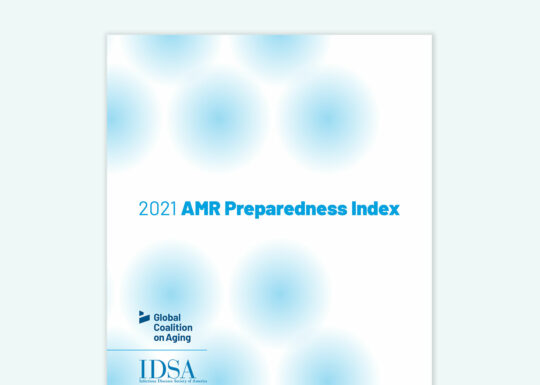
Explore the first-ever AMR Preparedness Index
How are countries prepared against AMR?
The AMR Preparedness Index is the first-ever tool to evaluate how well national governments are fulfilling their high-level commitments to address the accelerating crisis in antimicrobial resistance.
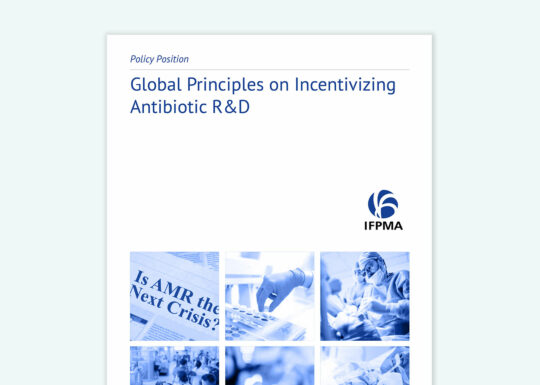
Global Principles on Incentivizing Antibiotic R&D
Now, more than ever, we need to accelerate the creation of a vibrant and sustainable innovation ecosystem to support R&D for new antibiotics and other antimicrobials addressing pathogens prioritized by leading public health bodies.
Incentivizing antibiotic R&D
Find out what the innovative pharmaceutical industry believes are priority policy actions for governments to take to enable sustainable innovation against AMR
